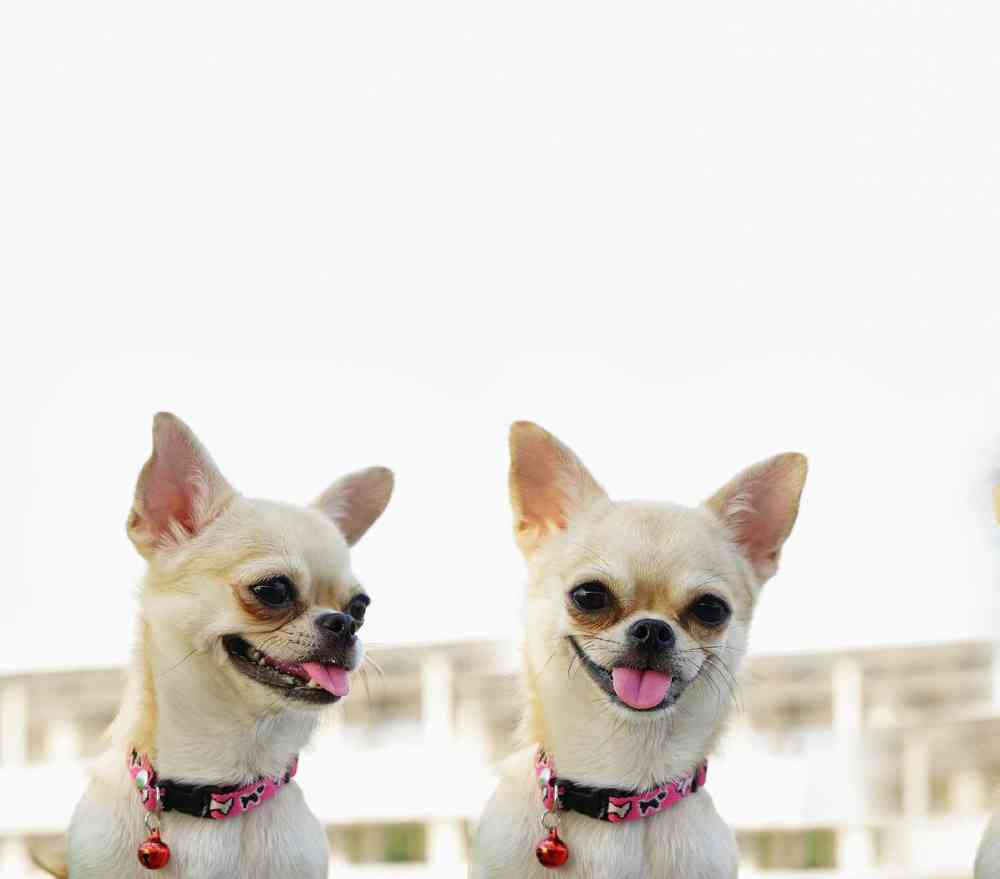
The Chihuahua is a tiny dog with a huge personality. A national symbol of Mexico, these alert and amusing "purse dogs" stand among the oldest breeds of the Americas, with a lineage going back to the ancient kingdoms of pre-Columbian times.


A graceful, alert, swift-moving compact little dog with saucy expression, and with terrier-like qualities of temperament
Toy